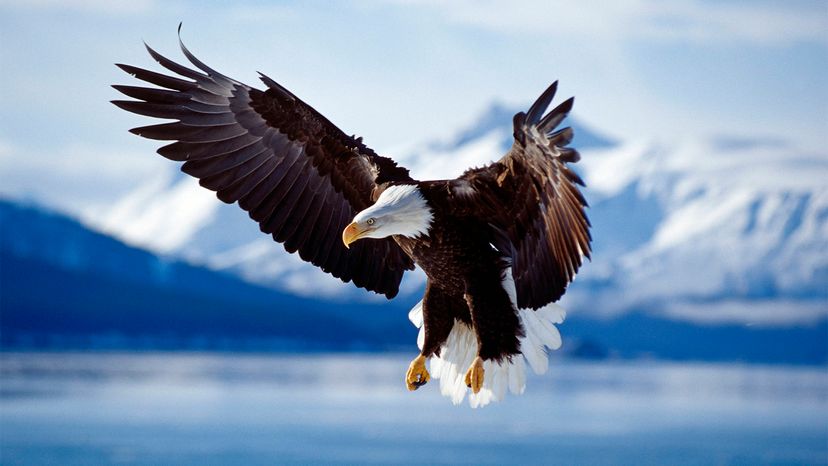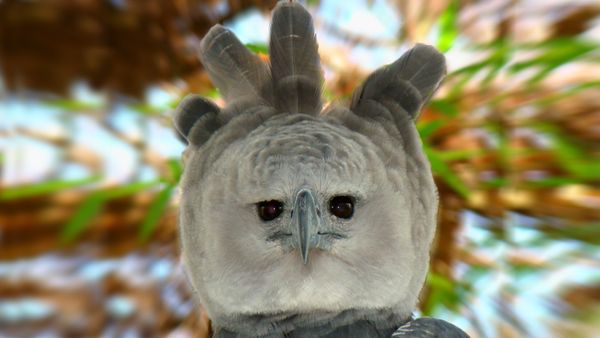
If you're a young nation selecting a national bird, you could do a lot worse than the bald eagle. It's got the unforgettable profile, the steely-eyed gaze, the dramatic white and brown coloring and awesome wingspan. And when you factor together bald eagle size, range and natural majesty, it seems like an easy choice for a national symbol.
At least that's probably what members of U.S. Congress thought in 1789 when the bald eagle was chosen to represent the fledgling nation.
Advertisement
To get the scoop on bald eagles, we talked to Scott Courdin, wildlife curator at the Center for Wildlife Education and the Lamar Q. Ball, Jr. Raptor Center at Georgia Southern University in Statesboro, Georgia. Courdin is an expert falconer and manages the center's menagerie, which includes two bald eagles.

